Category: Civil War Hauntings
The Worlds End public house in Ecton dates from the 17th century and is said to be haunted by the ghost of barmaid who was killed by her jealous suitor. First mentioned in 1678 when it was then known as the Globe, it was rebuilt in 1765.
Laid out in 1698, Red Lion Square is on the boundary between Holborn and Bloomsbury and was named after the Red Lion Inn that used to be on the site. Red Lion Square is reputedly haunted by the regicides Oliver Cromwell, John Bradshaw and Henry Ireton.
St Nicholas’s Church on Church Street in Chiswick is reputedly haunted by two of Oliver Cromwell’s daughters and there is even a legend associated with the church suggesting that the Lord Protector himself may have finally found peace there.
At just under a mile in length, the Swarkestone Bridge over the River Trent was originally built in the 13th century and is the longest stone bridge in England. Being a strategic crossing it has been the focus of military action during both the Civil War and the Jacobite Rebellion of 1745 and it is suggested that perhaps some of the soldiers involved hunt the bridge still.
Roughly thirty years ago Detective Constable Roger Ryder had an experience as he passed the Badgers Sett, then known as the Gypsies’ Tent on the A456. An interview with the now retired detective appeared in the Black Country Bugle in 2007.
Ye Olde Man & Scythe is one of the best known pubs in Bolton town centre, one of the oldest public houses in the United Kingdom and is reputedly haunted by James Stanley, 7th Earl of Derby amongst others. Ye Olde Man & Scythe has stood in Churchgate since the 12th century.
The origins of Aston can be traced back to before the Domesday Book (1086-7) which shows the manor named as "Estone". Before the Norman invasion Earl Eadwin held the manor, then by 1086 it was controlled by William FitzAnsculf. This eventually passed into the hands of John atte Holte through marriage in 1367. The Holtes remained at Aston for the following two centuries.
On a minor road between the A59 and the B1224, a major battle of the civil war was fought on the 2nd July 1644. In 1968 some tourist were lost on the road when they came across a group of men dressed as 17th century soldiers. They thought that they were people in fancy dress, although the men looked worn out. They later discovered that they had been on the road through the battle site.
Penkaet Castle (which has also been known as Fountainhall, Penkaet House and Woodhead) is a 16th century mansion and would seem to have several ghosts. One of these is generally identified as Alexander Hamilton, a beggar who had approached the castle seeking food and shelter, only to be cruelly turned away. Hamilton threw a curse at the family as he was removed from the property.
On 19th January 1643 Sir Ralph Hopton’s Royalist forces camped at Boconnoc were surprised to discover a Parliamentarian army under the command of Lord Ruthin deployed on Braddock Down. Ruthin ordered an attack rather than waiting for the reinforcements under the Earl of Stamford to arrive from Liskeard. Hopton’s forces won the battle securing Cornwall for the Royalists.

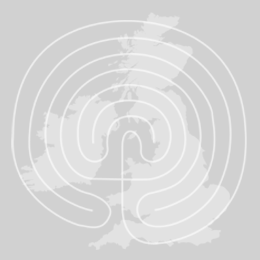
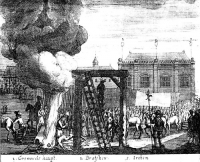
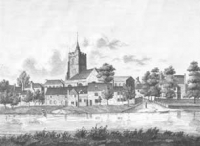
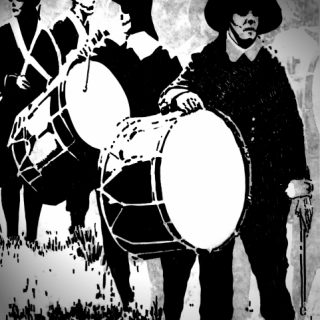
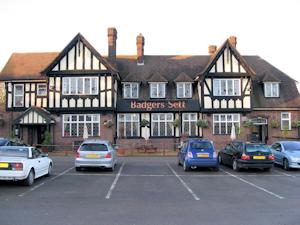
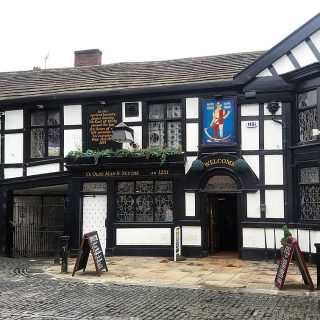
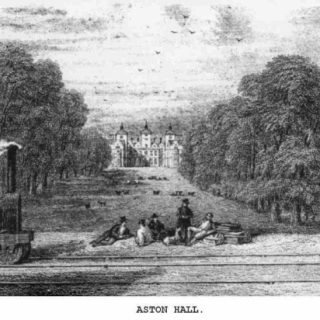
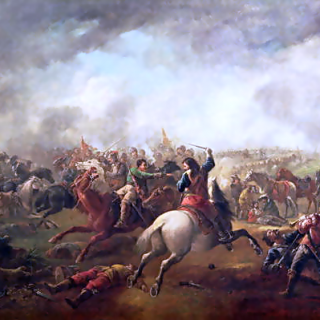
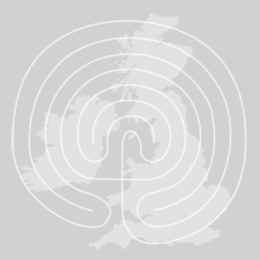
Recent Comments